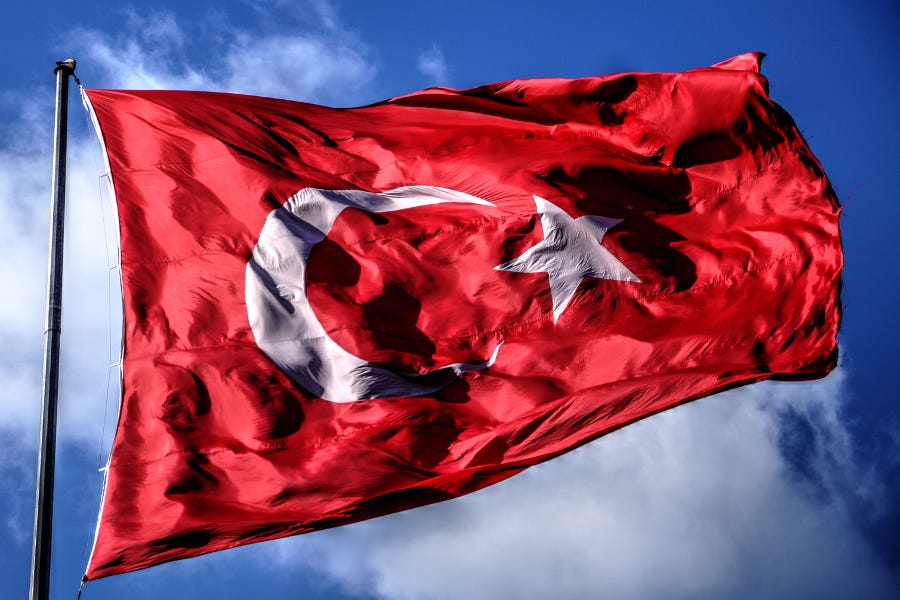Pope Francis confirmed Thursday that he intends to visit Turkey in 2025.
Looking ahead to the 2025 Jubilee Year in a Nov. 28 address to members of the Vatican’s International Theological Commission, he said: “During this Holy Year, we will also celebrate the 1,700th anniversary of the first great …

